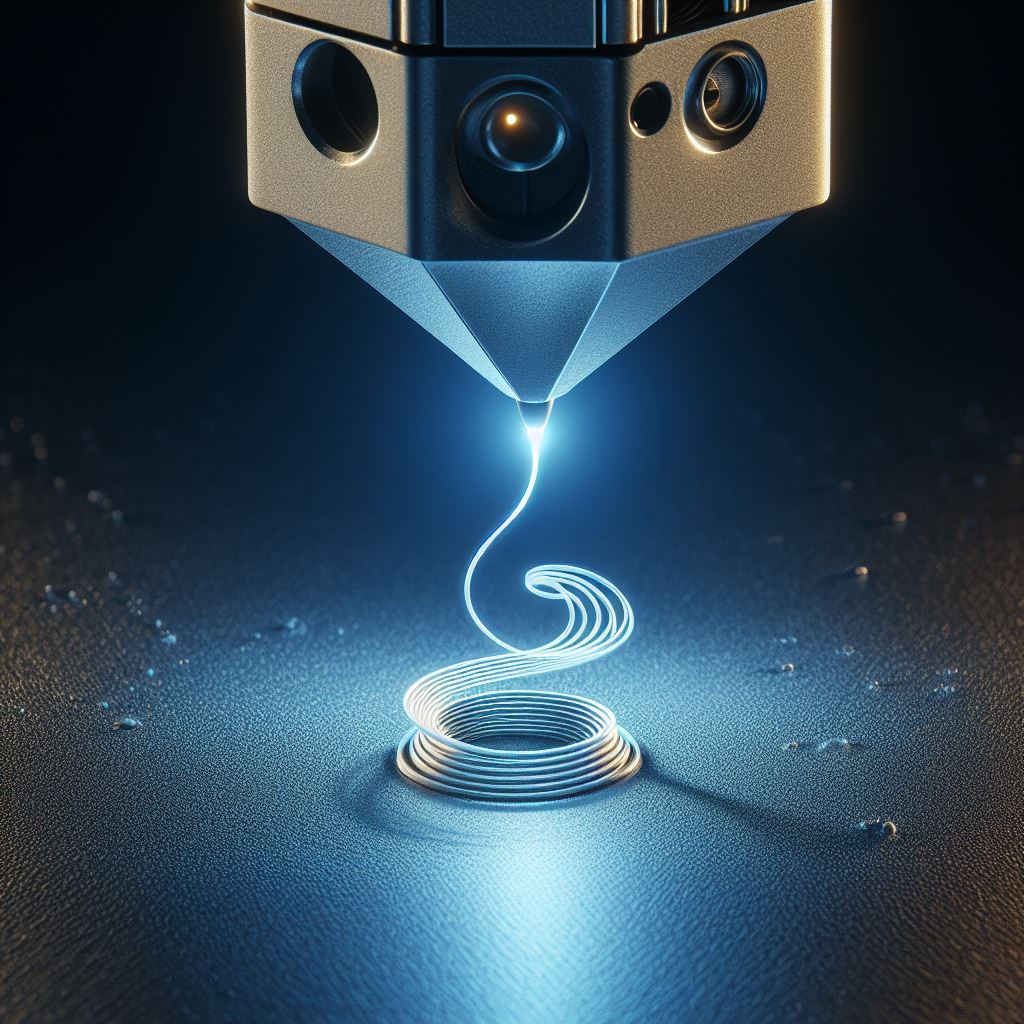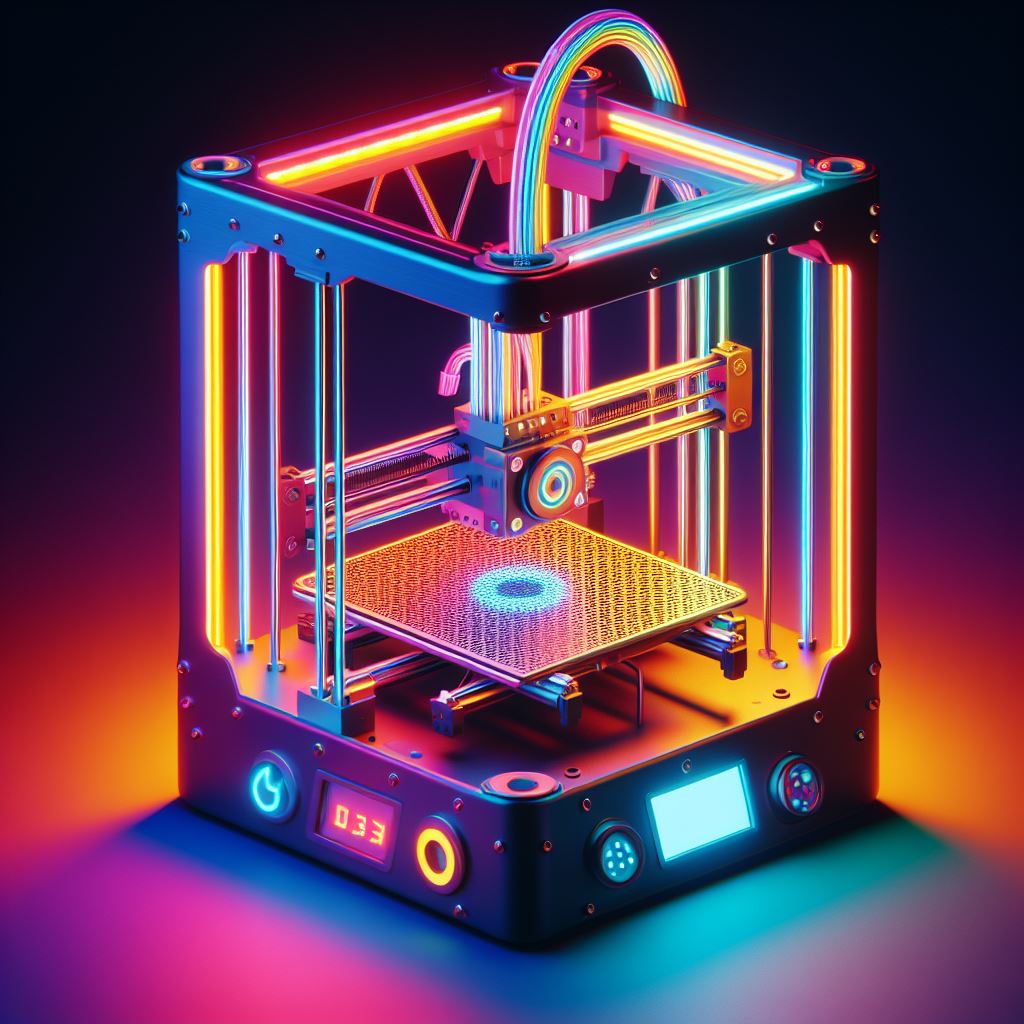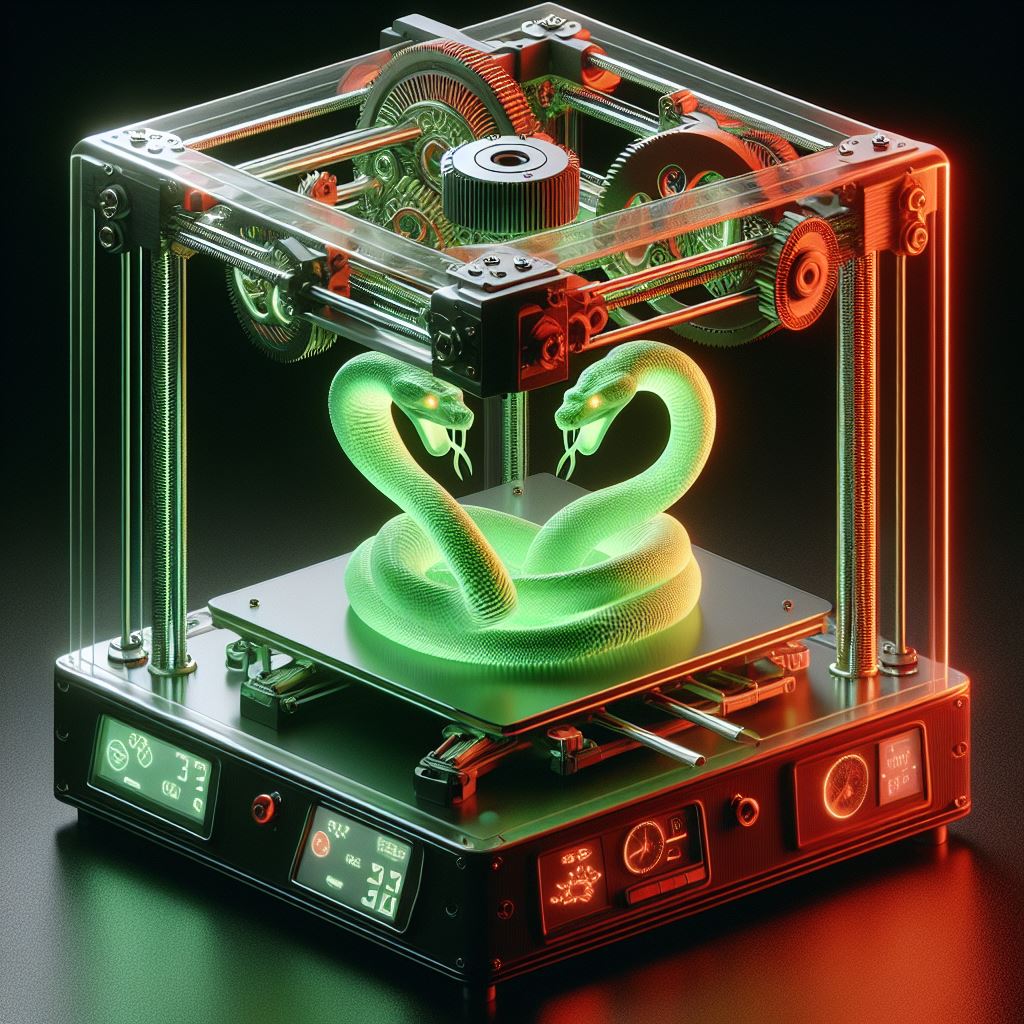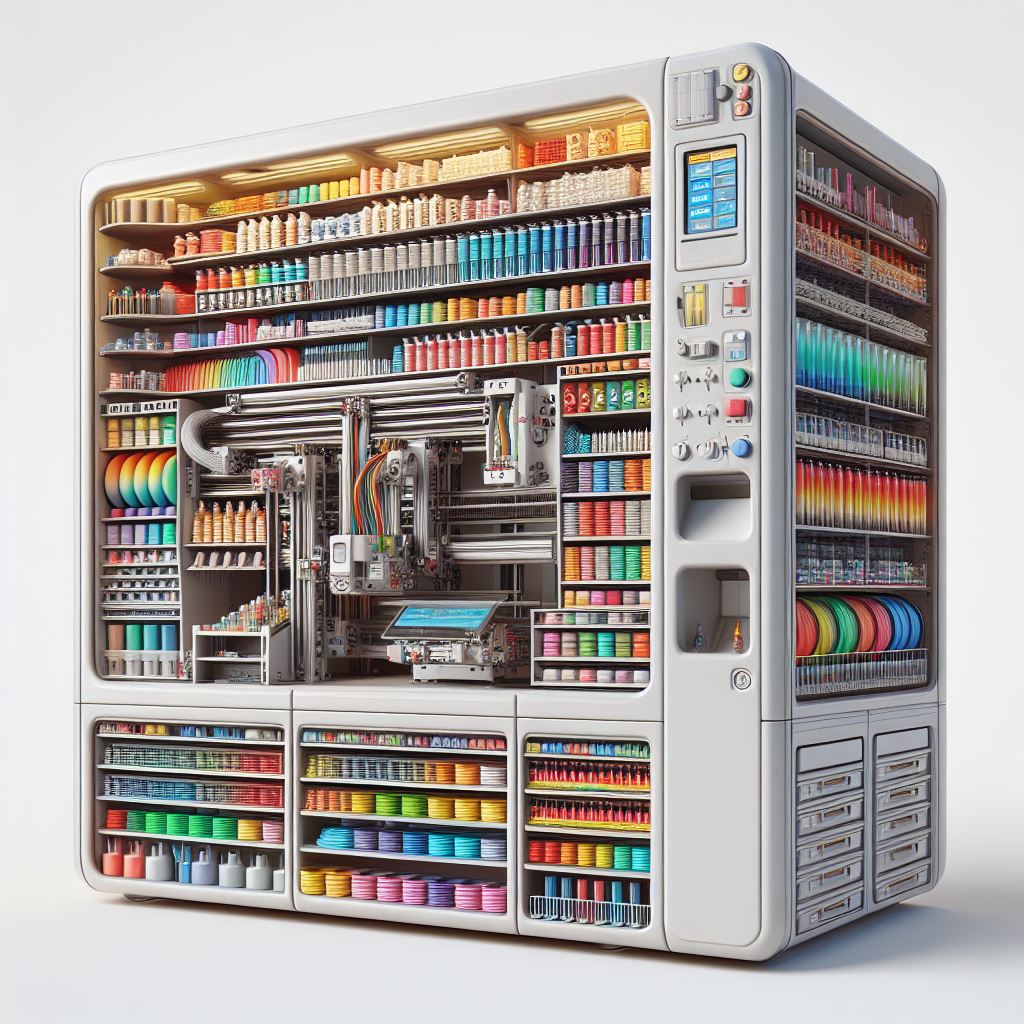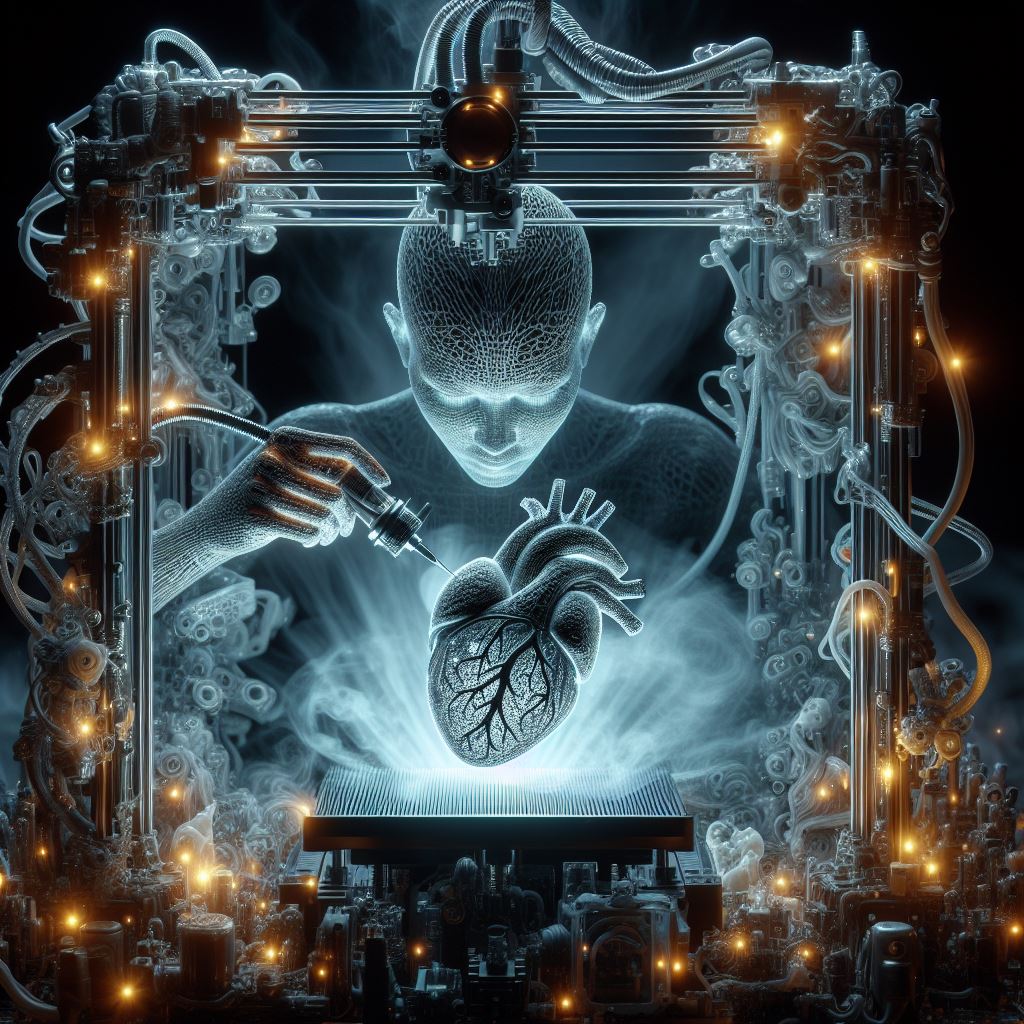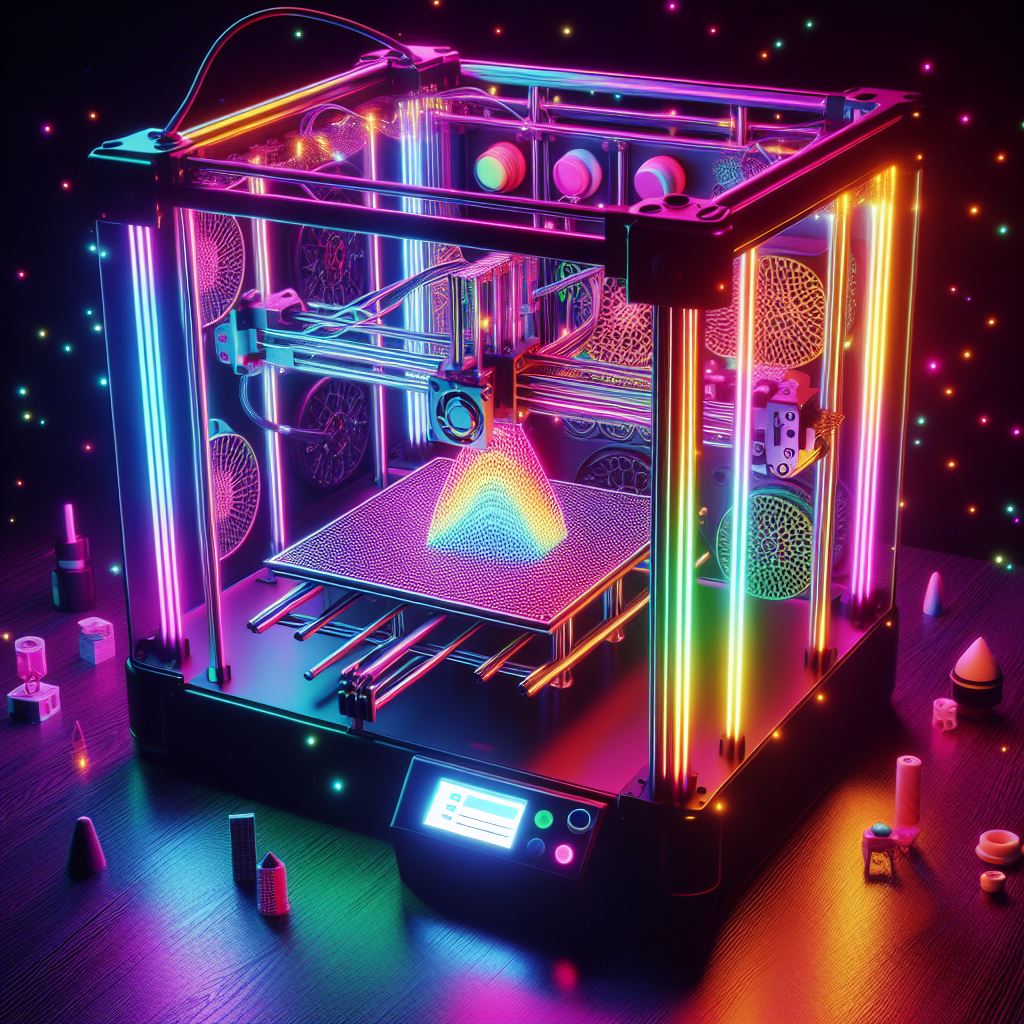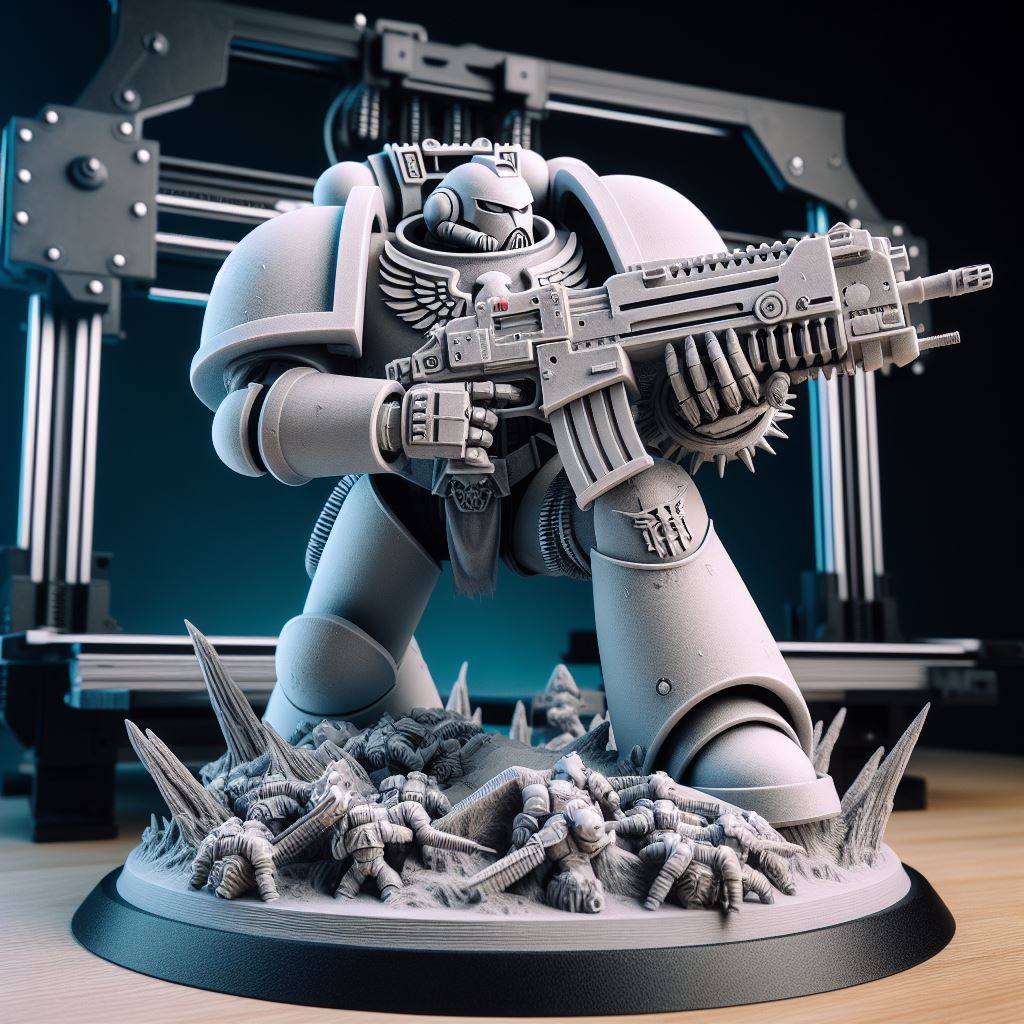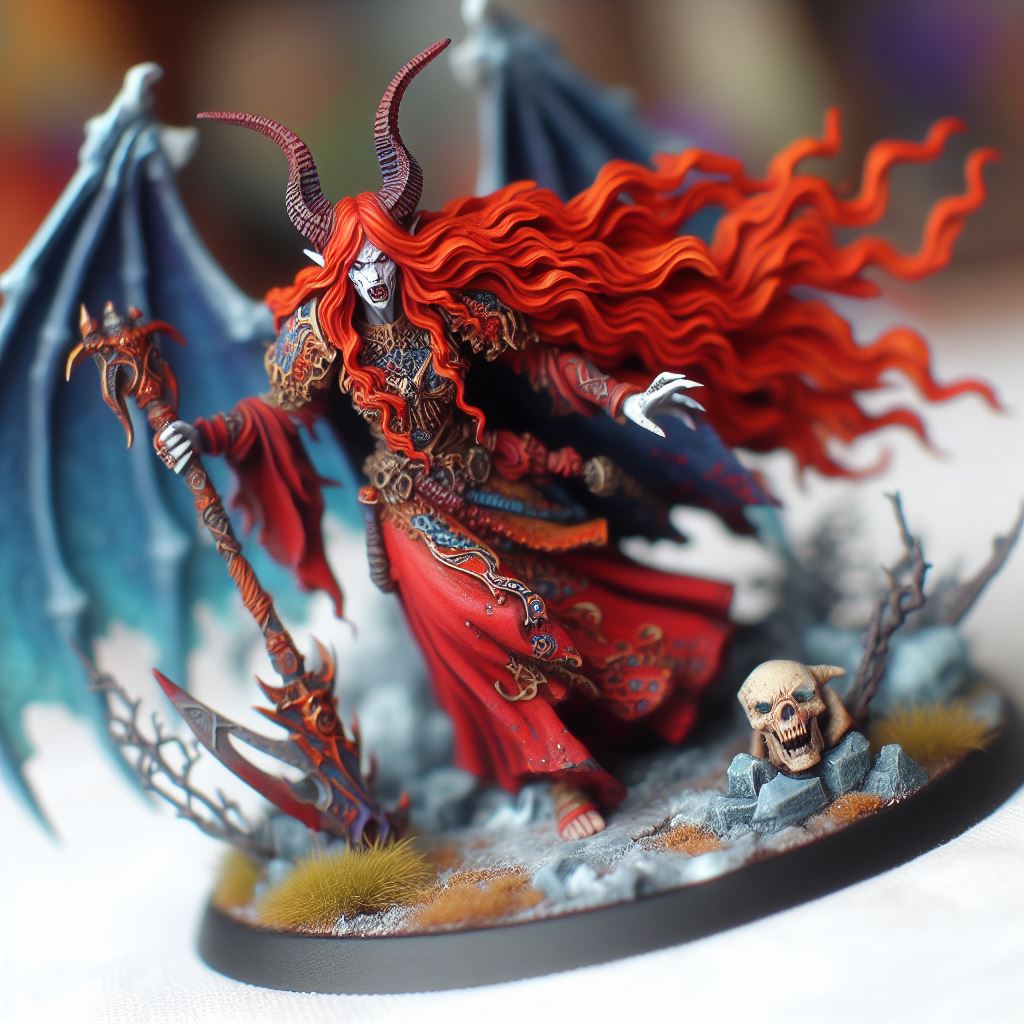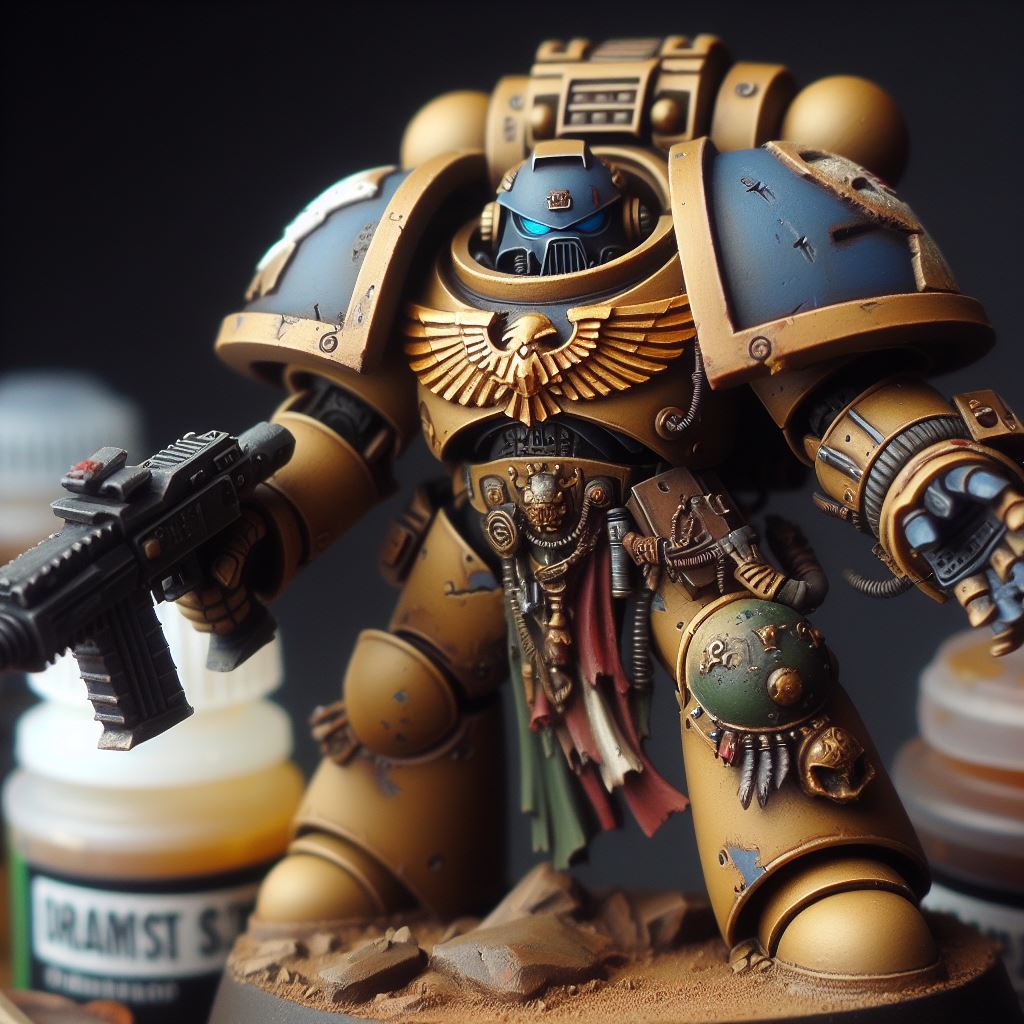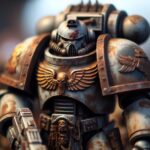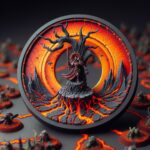How to Solve 3D Printer Bed Adhesion Problems? A Troubleshooting Guide
As a 3D printing enthusiast with over 20 years of experience, I’ve had my fair share of struggles with bed adhesion. After all, getting your print to properly stick to the build plate is one of the most fundamental challenges in additive manufacturing.
In this comprehensive guide, I’ll be drawing from my many years of trial-and-error to help you diagnose and resolve any bed adhesion issues you might face. Whether you’re wrestling with curled edges, shifted layers, or models that seem allergic to your print bed, I’ve got you covered.
Understanding Bed Adhesion Fundamentals
Before we dive into troubleshooting, let’s quickly go over the key factors that influence bed adhesion:
- Surface Wetting – This refers to how well your melted filament spreads and sticks to your print bed surface. The more contact between the two, the better.
- Thermal Expansion – As layers cool at different rates, they can shrink and warp. This introduces adhesion-breaking stresses.
- Leveling – If some areas of your bed are too close or too far from the nozzle, you get inconsistent squishing or gaps.
Now that we’ve covered the basics, let’s get into resolving those pesky adhesion issues! I find it helpful to think of troubleshooting in levels:
Level 1: Quick Software and Hardware Fixes
These are simple adjustments that tackle the common culprits.
Level 1 Fixes: Bed Leveling and Z-Offset
Uneven bed levels and incorrect nozzle heights account for a shocking number of adhesion headaches. Let’s start by quickly ruling those out:
- Manually Level Your Bed – I follow the old paper trick – place a sheet at each corner and adjust until there’s slight friction on the paper when moving it. This gets you in the ballpark. You can then print a simple square part at each corner to dial in better.
- Check Your Z-Offset – A Z-offset that’s too high or too low also wrecks adhesion. Print some single layer tests to find the Goldilocks zone where you get good squish without hitting the bed. Usually about the thickness of a standard piece of paper is perfect.
Getting bed leveling and Z-offset right is tedious but so, so worth it. Give the print bed a good alcohol wipe too – no one likes printing on yesterday’s greasy fingerprints!
With the basics squared away, let’s try…
Level 2: Surface Prep and Adhesives
Now we bring out the big guns! Glue sticks, glass beds, higher temps, slower speeds…throw everything we can at sticking plastic to our print bed.
Level 2 Fixes: Glue Sticks, Temperature & Speed
- Hair Spray and Glue Stick – Yup, plain old hair spray or glue stick can work wonders! Apply evenly across your whole print surface. As the print cools, it’ll pop right off the dissolved glue. Be careful not to use too much or residue can build up.
- Print Hot, Cool Slow – Higher bed and nozzle temps keep that first layer molten longer, increasing wetting and adhesion. Just don’t crank it too high! For small stuff, I’ll print the first 10 layers hot then cool down.
- Upgrade Your Bed – If you’re still struggling, a printer bed upgrade could be in order. I suggest spring steel or borosilicate glass for most filaments. The ultra-smooth and flat finish makes a huge difference. Textured spring steel and PEI sheets are also excellent upgrades that work well with tricky filaments like ABS.
Level 3: Advanced Mechanical Tweaks
When all else fails, we break out the big guns – dialing in slicer settings, adding an enclosure, or upgrading parts like the extruder or hotend.
Level 3 Fixes: Slicer Settings, Enclosures & Upgrades
- Slicer Settings – Don’t overlook fine-tuning how your part gets sliced:
- Slow that first layer way down to 25mm/sec or less
- Add a brim that improves surface contact area
- Turn cooling fan off for the first 5 layers
- Heated Enclosures – For finicky ABS and nylon prints, a heated enclosure maintains an even, warm temperature. This prevents layers from cooling and shrinking unevenly. Even a DIY cardboard enclosure can do wonders!
- Component Upgrades – Upgrading to a geared extruder provides consistent filament flow and pressure to get that first layer perfectly smoothed out onto the print bed. Switching to a high-quality, all-metal hot end lets you print at higher first layer temps for maximum squish and adhesion.
Additional Troubleshooting Tips
- Print Calibration Cubes or Discs – Try printing calibration cubes or discs with incrementally increasing bed temperatures to pinpoint the optimal adhesion zone for your specific filament.
- Surface Preparation for Slick Beds – For glass and other slick beds, give the surface light scratches with fine grit sandpaper to create microgrooves. This improves mechanical adhesion.
- Use Draft Shields/Enclosures – Use draft shields or enclosures around smaller prints to reduce cooling and shrinkage. Some printers even have automated draft blockers.
- Mid-Print Lifting – If you see your print lifting mid-print, pause and use temporary helpers like painters tape to pull it back down. Duct tape works in a pinch too!
- ABS and ASA Printing – For ABS and ASA, an ABS slurry applied to the print bed creates an ideal sticky surface. Just remember to clean it off after.
- Dual Z-Axis Leadscrew Configuration – Upgrade to a dual Z-axis leadscrew configuration. This ensures both sides stay perfectly level even under shifting strain.
Advanced Bed Materials
Along with spring steel and borosilicate glass, consider these high-tech beds:
- Polyetherimide (PEI) Sheets – PEI sheets infuse plastic for tenacious grip, especially with tricky filaments.
- Powder Coated Spring Steel Beds – Beds like those from WhamBam have crisscrossing grit texture for adhesive grip.
- Composite Beds with Integrated Heaters – Beds like Keenovo provide fast heating without bulky external electronics.
Software Bed Compensation
If you have an unevenly warped bed, try:
- BLTouch and Other Probes – BLTouch and other probes map your bed topography, letting software compensate for hills/valleys.
- Mesh Bed Leveling – Mesh bed leveling uses probe maps to dynamically adjust Z-height across the whole print area.
- Independent Z-Axis Controls – Independent Z-axis controls like the MiniAfterSherpa let you tweak each corner during prints.
Conclusion
So there you have it – my complete guide to conquering build plate adhesion challenges! Don’t be afraid to experiment with combinations from each level to dial in what works for your specific printer and filament.
And if all else fails, try adding a bit more glue stick! A little extra stickiness can work wonders. Let me know if you have any other questions in the comments or on our YouTube channel. Happy printing!
Related Articles
- Best Tactics for 3D Printing Miniatures at Warhammer Universe – Enhance your battlefield prowess with our comprehensive guide covering the best 3d printers for printing. Master the art and dominate the gaming table!
- Why Nozzle Size Matters – A Hobbyist’s Guide at Warhammer Universe – Delve into the essential knowledge of nozzle sizes in 3D printing. Uncover why it matters and learn how to choose the right size for impeccable miniature results on the gaming field.
- Guide to 3D Printing Warhammer Figures – A Beginner’s Handbook – Start your journey into the fascinating realm of 3D printing Warhammer figures. Our guide provides essential tips for beginners, ensuring a smooth initiation into this exciting hobby.
- How to Prime and Paint 3D Printed Miniatures – A Beginner’s Guide – Elevate your painting skills with our step-by-step guide on priming and painting 3D printed miniatures. Unleash your creativity and bring your Warhammer armies to life with vibrant colors.
- Finding and Printing Miniatures for Warhammer – Expert Tips – Explore the world of Where to find 3d prints forWarhammer miniatures. Our expert guide provides essential tips for finding and printing the perfect models. Elevate your gaming experience and build a formidable army with our recommendations.
- Cleaning Up and Painting 3D Printed Miniatures – A 2024 Guide – Navigate the latest techniques in cleaning and painting 3D printed miniatures. Stay up-to-date with the latest trends and create stunning, detailed armies for Warhammer.
- How Much Does 3D Printing Warhammer Miniatures Cost in 2024? – Discover the financial aspects of 3D printing Warhammer miniatures with our guide on costs in 2024. Budget wisely and embark on your miniature printing journey with confidence.
- 3D Kitbashing Warhammer Miniatures on a Budget – Pro Tips – Unleash your creativity without breaking the bank. Our pro tips guide you through cost-effective 3D kitbashing for Warhammer miniatures. Create unique models that stand out on the battlefield.
- Beginner Resin vs. FDM Printer for Miniatures Printing in 2024 – Delve into the choice between resin and FDM printers for miniature printing in 2024. Our guide helps beginners make informed decisions, ensuring optimal results for Warhammer gaming.
- Strong Supports for Miniature 3D Prints – A Comprehensive Guide – Strengthen your prints with our comprehensive guide on strong supports for miniature 3D prints. Elevate your printing game and ensure your Warhammer miniatures stand tall and resilient on the battlefield.

